
Tag Archives Microbiology
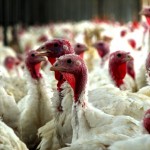
CFIA blames wild birds for spread of avian influenza
While there are no new cases of bird flu in Canada, the Canadian Food Inspection Agency says it’s still too early to breathe a sigh of relief

Auditor general slams federal inaction on antimicrobial drugs for livestock
Little progress has been made after more than a decade of discussions
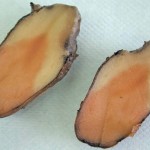
Cultural practices important for managing pink rot and leak
Environmental conditions can influence the appearance from year to year
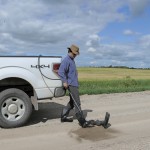
Biosecurity measures key to combating crop diseases
Potato wart, potato cyst nematode, bacterial wilt (or brown rot) and bacterial ring rot are all diseases of concern to Manitoba potato growers in 2015

Province continues to see negative TB results in domestic cattle
Bovine tuberculosis remains undetected in domestic cattle as experts continue to strive for provincial eradication

There’s life in that there dirt
Farmers need to be aware of the vast world beneath their feet — healthy plants depend on it

Producers urged to test feed for ergot contamination
Last year’s wet spring has left a potential deadly legacy
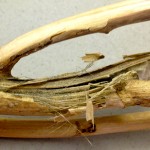
Disease a North American first
Where it came from isn’t as important as how it will be contained when it comes to verticillium wilt in canola
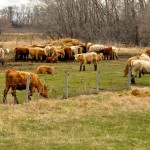
Beef 911: Cattlemen can ensure biosecurity on the ranch
Maintaining a few simple precautions can minimize the risk of disease outbreaks

Antibiotic-resistant genes pass between bacteria
Solving the problem of increasing antibiotic-resistant organisms will require stakeholders to move beyond the blame game and collaborate


